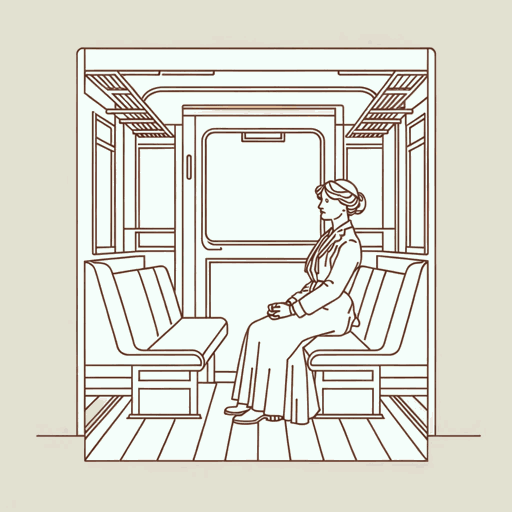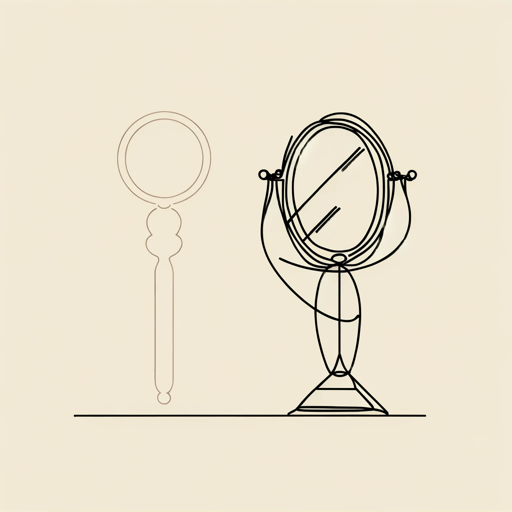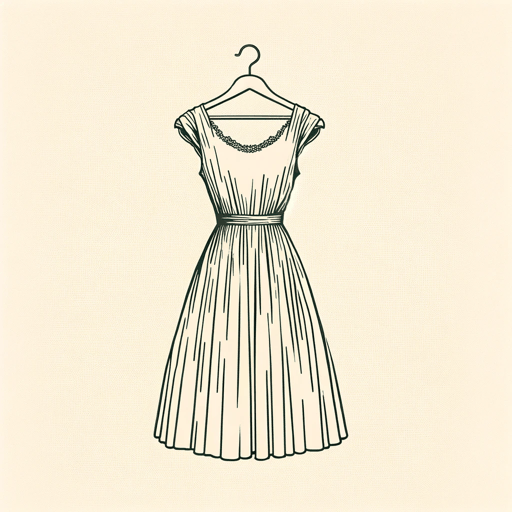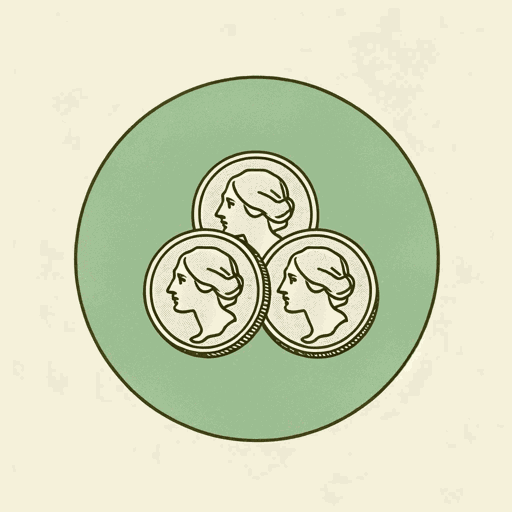42 pages • 1 hour read
Virginia WoolfA Room of One's Own
Nonfiction | Essay / Speech | Adult | Published in 1929A modern alternative to SparkNotes and CliffsNotes, SuperSummary offers high-quality Study Guides with detailed chapter summaries and analysis of major themes, characters, and more.
Chapters 1-2Chapter Summaries & Analyses
Chapter 1 Summary
Woolf introduces her thesis: Women will remain unable to truly express themselves while they are confined to the sexist expectations of patriarchal society. She writes that “a woman must have money and a room of her own if she is to write fiction” (19). The concept of having “a room of her own” refers both to the concrete notion that women need their own space to write and the abstract notion of the room as a metaphor for women’s place in society. Women cannot achieve the same accomplishments because they are neither trained nor permitted the same creative freedoms as men.
Woolf uses an imaginary narrator to guide the narrative: Mary Beton sits beside a river and considers the relationship between women and fiction. She is at Oxbridge, a fictional university that represents prestigious institutions like Oxford or Cambridge. Mary describes developing an idea via metaphor: Like a fish left to fatten in a stream, an idea must be grown from a thought through constructive processes. A worker at Oxbridge sends Mary’s “little fish into hiding” (21), or causes her to forget an idea, when he prohibits her from walking across the lawn because she is a woman.
Related Titles
By Virginia Woolf

A Haunted House and Other Short Stories
Virginia Woolf

Between The Acts
Virginia Woolf

How Should One Read a Book?
Virginia Woolf

Jacob's Room
Virginia Woolf

Kew Gardens
Virginia Woolf

Modern Fiction
Virginia Woolf

Moments of Being
Virginia Woolf

Mr. Bennett and Mrs. Brown
Virginia Woolf

Mrs. Dalloway
Virginia Woolf

Orlando
Virginia Woolf

The Death of the Moth
Virginia Woolf

The Duchess and the Jeweller
Virginia Woolf

The Lady in the Looking Glass
Virginia Woolf

The Mark on the Wall
Virginia Woolf

The New Dress
Virginia Woolf

The Voyage Out
Virginia Woolf

The Waves
Virginia Woolf

Three Guineas
Virginia Woolf

To the Lighthouse
Virginia Woolf

